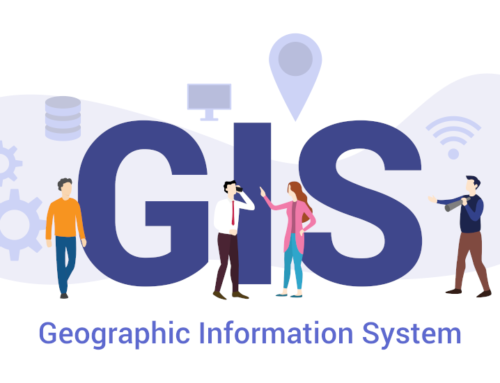With the advance of technology, businesses find themselves with more equipment to keep track of than ever before. Knowing where your assets are located and who is using them is essential to saving time and reducing costs.  Spreadsheets have long been a tried and true way of tracking assets. Assets could be itemized, and simple reporting could be done to help track purchase and depreciation costs. Today, more and more companies are turning to asset systems to better manage their investments. Imagine having an asset management program that would put together the report for you. Good asset systems mean no more excel spreadsheet formulas and data gathering.
Spreadsheets have long been a tried and true way of tracking assets. Assets could be itemized, and simple reporting could be done to help track purchase and depreciation costs. Today, more and more companies are turning to asset systems to better manage their investments. Imagine having an asset management program that would put together the report for you. Good asset systems mean no more excel spreadsheet formulas and data gathering.
The Spreadsheet vs. Asset Systems
Most organizations are all too familiar with the time that goes into inputting the data to create a spreadsheet. There are filters to manipulate and arrange your information such as work completed, asset inspections, and more, however, you are also relying on email programs, calendars, documents, manuals, and inspection sheets (I know there is more). With asset systems, your technicians and upper management can track asset status, work performed, performance, and much more.
Asset tracking combines and effectively utilizes your staff, pictures, documents, work orders, and inventory all within one single program. Imagine one multi-departmental system that makes your data comprehensively and effectively available to everyone. Thereby making operational, technical, and financial analysis with graphs, charts, and easy to use reporting just a click away.
Benefits of using Asset Systems over an Excel Spreadsheet
- One central database for important information such as purchase dates, copies of invoices, descriptions, images, documents, manuals, attachments, and materials for each asset.
- Allows you to not only locate but keep a thorough location history of each asset.
- Keeps track of service histories and maintenance with automatic alert triggers by time, meter readings, or events, so you know which assets need to be replaced and when it’s time for preventative maintenance and inspections which reduces human error.
- Associate assets, contacts, work orders, and organizations to each another.
- Can be used for all kinds of assets, such as furniture, equipment, and capital infrastructure assets.
- Provides robust reporting and organizational analysis with collected operational data you can evaluate the effectiveness of your current practices and make more informed repair or replace asset decisions.
Reporting on your tracked assets helps you improve processes, improve asset availability, improving your bottom line. Asset management software is also very affordable. A single license can typically be used to track hundreds to thousands of assets. Cloud-based solutions do not require costly up-front fees and provide affordable, predictable monthly payments. Good asset management practices help managers better respond to work requests, forecast future needs, increase performance, and reduce costs. It’s time to consider putting your head in the asset management cloud.
So if you are currently using a spreadsheet to keep track of your assets we invite you to take a look at the Novo Asset Manager. Please call Novo Solutions today to learn how cloud asset systems can change your world. For more information see: https://novosolutions.com/asset-management-software





